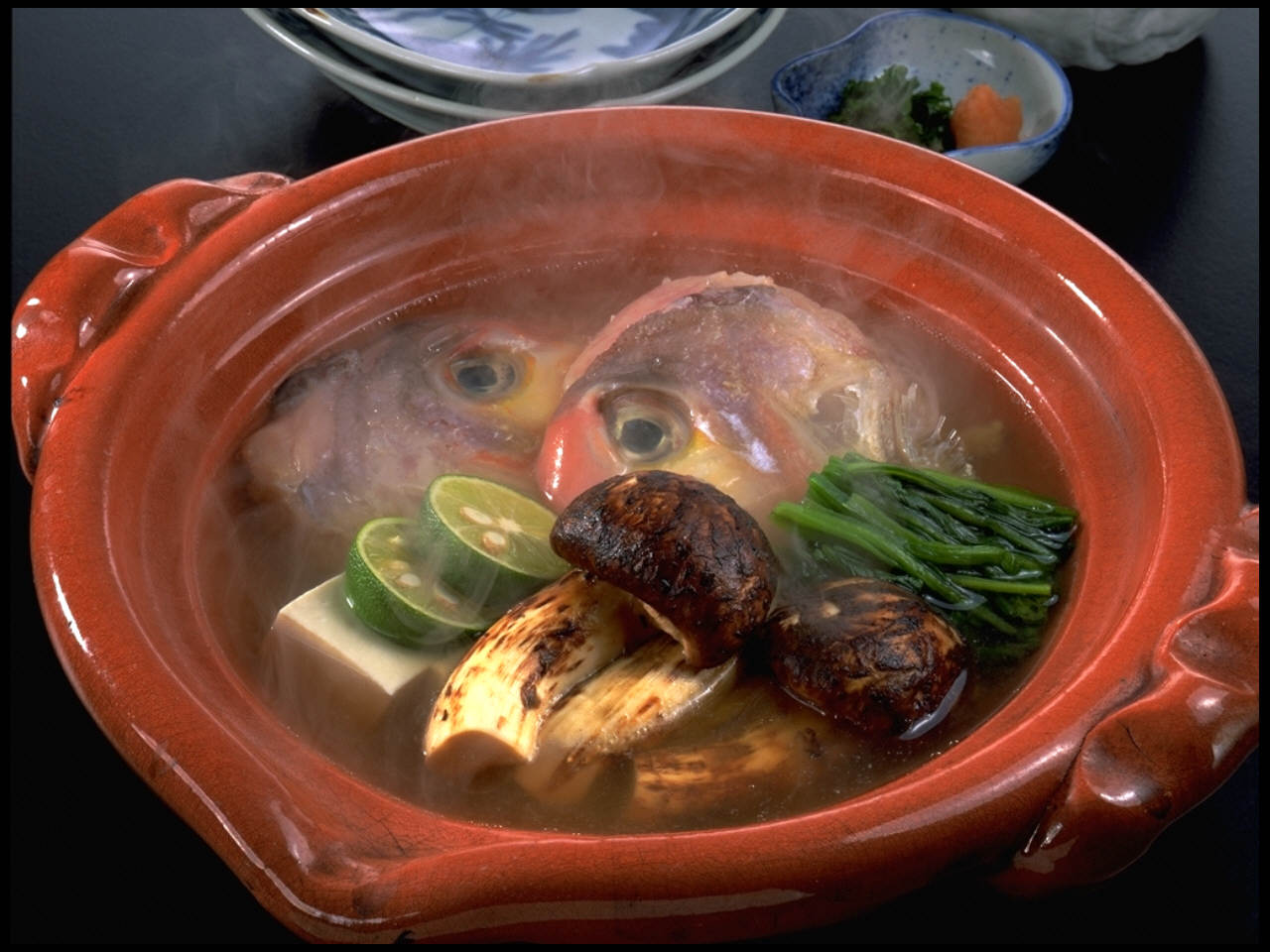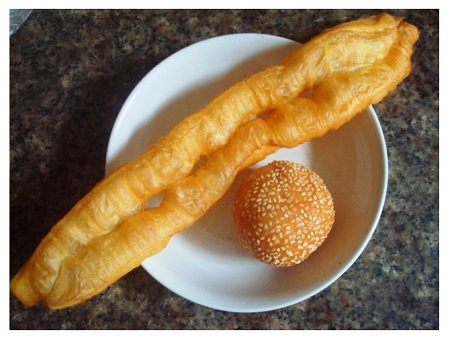About Chinese Food
source link google.com.pkThe official name of China is the People's Republic of China. Eastern China is made up of lowlands, whereas the middle and western sections of the country are mountainous. The largest river in China is the Yangtze, which travels almost 4,000 miles. Water pollution is a problem in China, but most Chinese people have access to safe drinking water.About two-thirds of the population lives outside of the cities, but there are many people living in cities, too. More than sixty cities have populations over 750,000. Shanghai has over 14 million people, and Beijing has over 12 million. (To compare to U.S. cities: New York City has about 16 million people, Los Angeles has about 13 million, and Chicago has about 7 million.)
2 HISTORY AND FOOD Throughout its history, China's growing population has been difficult to feed. By A.D. 1000, China's population reached 100 million (more than one-third of the U.S. population in 2000). The Chinese constantly had to adapt new eating habits because of the scarcity of food. Meat was scarce, so dishes were created using small amounts of meat mixed with rice or noodles, both of which were more plentiful. Vegetables were added, and stir-frying, the most common method of cooking, became a way to conserve fuel by cooking food quickly.Regional differences in cuisine became noticeable in the 1200s when invaders fromneighboring Mongolia swept into China. Cooking styles and customs began to be exchanged between the two countries. As people traveled further from their homes, cooking methods and foods were shared among the different regions within China.3 FOODS OF THE CHINESE The Chinese eat many foods that are unfamiliar to North Americans. Shark fins, seaweed, frogs, snakes, and even dog and cat meat are eaten. However, the Chinese follow the spiritual teaching of balance signified by yin ("cool") and yang ("hot"). This philosophy encourages the Chinese to find a balance in their lives, including in the foods they eat. While preparing meals, the Chinese may strive to balance the color, texture, or types of food they choose to eat.Rice is China's staple food. The Chinese word for rice is "fan" which also means "meal." Rice may be served with any meal, and is eaten several times a day. Scallions, bean sprouts, cabbage, and gingerroot are other traditional foods. Soybean curd, called tofu, is an important source of protein for the Chinese. Although the Chinese generally do not eat a lot of meat, pork and chicken are the most commonly eaten meats. Vegetables play a central role in Chinese cooking, too.There are four main regional types of Chinese cooking. The cooking of Canton province in the south is called Cantonese cooking. It features rice and lightly seasoned stir-fried dishes. Because many Chinese immigrants to America came from this region, it is the type of Chinese cooking that is most widely known in the United States. Typical Cantonese dishes are wonton soup, egg rolls, and sweet and sour pork.The Mandarin cuisine of Mandarin province in northern China features dishes made with wheat flour, such as noodles, dumplings, and thin pancakes. The best known dish from this region is Peking duck, a dish made up of roast duck and strips of crispy duck skin wrapped in thin pancakes. (Peking was the name of Beijing, the capital of China, until after the Cultural Revolution of the late 1960s. This traditional recipe is still known in the United States as "Peking duck.") Shanghai cooking, from China's east coast, emphasizes seafood and strong-flavored sauces. The cuisine of the Szechuan province in inland China is known for its hot and spicy dishes made with hot peppers, garlic, onions, and leeks. This type of cooking became popular in the United States in the 1990s.Tea, the beverage offered at most meals, is China's national beverage. The most popular types of tea—green, black, and oolong—are commonly drunk plain, without milk or sugar added. Teacups have no handles or saucers.
About Chinese Food Chinese Food Menu Take Out Recipes Meme Box Noodles Near Me Clipart Images Pics Photos Pictures
About Chinese Food Chinese Food Menu Take Out Recipes Meme Box Noodles Near Me Clipart Images Pics Photos Pictures
About Chinese Food Chinese Food Menu Take Out Recipes Meme Box Noodles Near Me Clipart Images Pics Photos Pictures
About Chinese Food Chinese Food Menu Take Out Recipes Meme Box Noodles Near Me Clipart Images Pics Photos Pictures
About Chinese Food Chinese Food Menu Take Out Recipes Meme Box Noodles Near Me Clipart Images Pics Photos Pictures
About Chinese Food Chinese Food Menu Take Out Recipes Meme Box Noodles Near Me Clipart Images Pics Photos Pictures
About Chinese Food Chinese Food Menu Take Out Recipes Meme Box Noodles Near Me Clipart Images Pics Photos Pictures
About Chinese Food Chinese Food Menu Take Out Recipes Meme Box Noodles Near Me Clipart Images Pics Photos Pictures
About Chinese Food Chinese Food Menu Take Out Recipes Meme Box Noodles Near Me Clipart Images Pics Photos Pictures
About Chinese Food Chinese Food Menu Take Out Recipes Meme Box Noodles Near Me Clipart Images Pics Photos Pictures
About Chinese Food Chinese Food Menu Take Out Recipes Meme Box Noodles Near Me Clipart Images Pics Photos Pictures










No comments:
Post a Comment